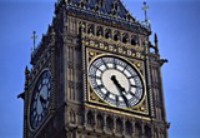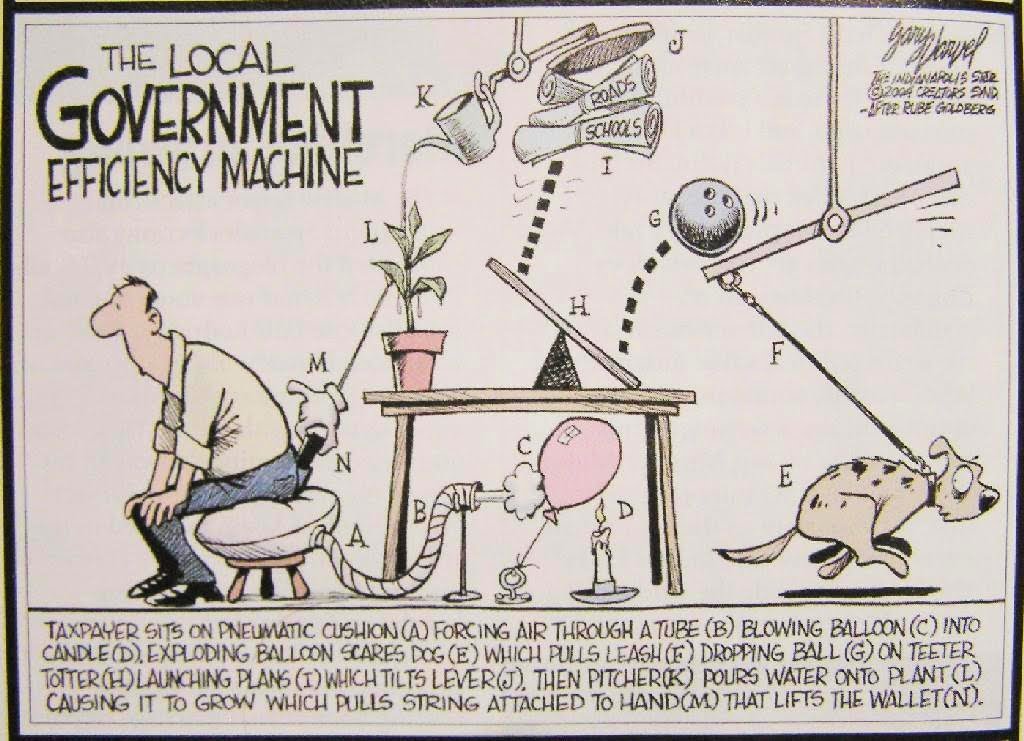
"People who like this sort of thing will find this the sort of thing they like." (Lincoln)
| |
| Constitutional arrangements | |||||||||||||||||||||
|
To approach the study of governmental institutions and processes, we are going to follow Arend Lijphart's terrific book, Democracies (1984), in which he lays out alternative models of constitutional arrangements. By constitutional arrangements, we mean the ways in which government power is limited and allocated, how the government system is set up and operates. The book is not terribly difficult and is, in its own way, a lot of fun. Like Democracies, the focus here is on constitutional arrangements in representative democracies. A representative democracy is a system in which the people rule through the election--in free, frequent, and competitive elections--of office holders who make binding decisions for members of the community. For his 1984 study of patterns of democracy, Lijphart focused on those political systems which had been continuously democratic since about 1950. While there has been some surge of democraticization since the middle 1970s, (Huntington [1991-92] counts 30 democratizing on three continents over about 15 years), the number of states that have kept up democratic government for a sustained period is remarkably small. Of the 190-odd states in the United Nations, only 21 have for over 50 years met the well-accepted standards that Lijphart uses for democratic government. The honor roll of continuously democratic states:
It is worth noting that France gets included even though there was a significant interruption in democratic government in 1958 which ended the Fourth Republic and led to the establishment of the Fifth.) In describing the constitutional arrangements in a representative democracy, we can, following Lijphart, identify something called the majoritarian model which has a series of very specific features, and then we can identify departures from or alternatives to the majoritarian model. No political system satisfies all the requirements of a majoritarian system--the constitutional system of the the United Kingdom (aka Great Britain) comes the closest, missing only one feature. Even so, it is analytically useful to conceive of a majoritarian system as an ideal type. On the other hand, and this is critical, there is no such thing as a nonmajoritarian form. There is the majoritarian form, having each and every one of the features listed under the majoritarian model. And then there are constitutional systems featuring one or more of the nonmajoritarian elements. A constitutional system is majoritarian or it is not (though nonmajoritarian systems can be more or less nonmajoritarian depending on the number of nonmajoritarian elements). Features of the Majoritarian model
Each of these constitutional features has important and interesting consequences, and attendant advantages and disadvantages, but we want to consider the majoritarian model as a whole; and, for that, we turn to the big picture
|
|
|
 Questions to consider
Questions to consider
